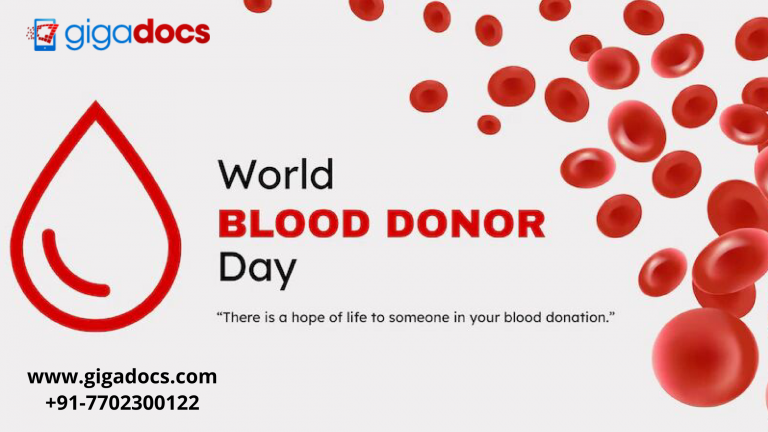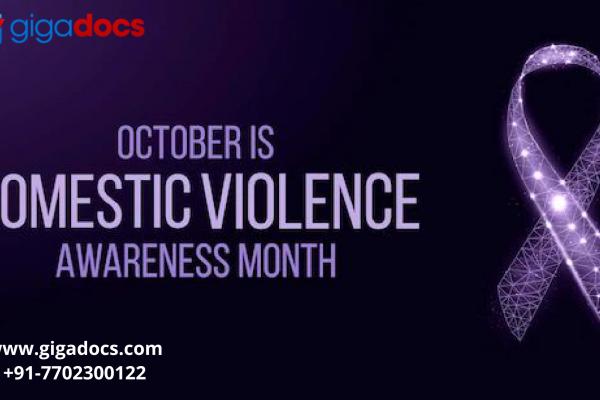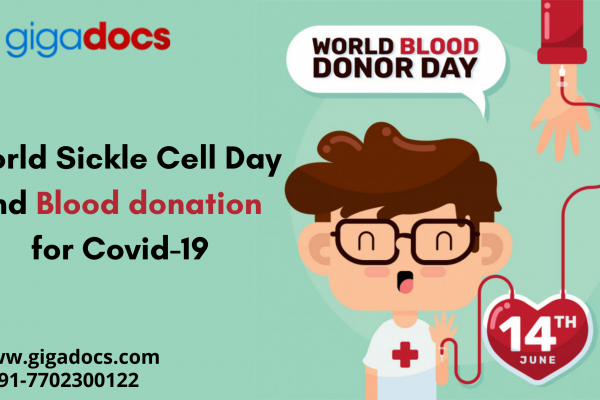Donating blood is lifesaving. Apart from saving lives, it is beneficial to those who donate blood, helping them with a healthier heart and overall wellbeing.
Each type of blood donation aids in the treatment of various medical conditions. Let’s read why blood donation is so vital:
Why is Blood Donation so Important?
Blood donation can save the lives of-
- Pregnant and postpartum women who experience heavy bleeding.
- People suffering from Anemia and blood and bone marrow disorders.
- Those who face trauma, emergencies, disasters, and accidents and need blood to save their lives.
World Blood Donor Day
June 14 is observed as the World Blood donor day across the world. This day marks the importance of blood donation in saving the lives of millions who require blood for plasma treatments, emergency uses to research needs.
Statistics related to Blood Donation
Whole Blood
- The most common type of donation is whole blood.
- Red blood cells and plasma can be separated from a single blood donation.
- Blood cells are only suitable to use for six weeks (42 days).
- Whole blood donation takes only 10-15 minutes.
- Every 56 days, you can donate Whole blood.
Platelets
- Platelets are disc-shaped cells that help the blood clot, given to cancer patients, organ recipients, and people who are having heart surgery.
- Platelet transfusions are frequently required by patients who require multiple transfusions. That is why it is critical to donate as often as possible.
- Platelets are short-lived. They only have a 5-day shelf life.
- Platelet donation is strongly encouraged for those with blood types A, A-negative, B, B-negative, AB, or AB-negative.
- It takes about 90 minutes to donate platelets.
- You can donate platelets 24 times per year, every seven days.
Plasma
- Plasma is a light-yellow liquid in your blood that makes up half of the total volume of your blood. It contains proteins that aid in the control of bleeding and the prevention of infections.
- Plasma is used to treat a variety of bleeding problems. Patients who have suffered major traumatic injuries are also given Plasma
- Plasma can be stored for up to a year in the freezer.
- You can donate universal Plasma if you have type AB blood.
- Donors are connected to a machine that separates Plasma from red blood cells and returns them to the body.
- It takes about 40 minutes to donate Plasma.
- Every 28 days, you can donate Plasma.
Double Red Cells
- The most commonly transfused blood component is red blood cells.
- Donors are connected to a machine that collects red cells while returning the majority of plasma and platelets to the body.
- Type O blood donations are critical for maintaining blood levels in the body.
- Donors of type O, O-negative, B, or B-negative double red cells, as well as Rh-negative blood, are in short supply.
- To donate double red cells, you must have a higher hemoglobin level and height-to-weight ratio.
- It takes about 40 minutes to donate double red cells.
- Once every 16 weeks, you can donate double red blood cells (112 days).
How do you prepare for Blood Donation?
Before your blood donation:
- Before you donate blood, make sure you get plenty of rest the night before.
- Eat a healthy meal and drink plenty of water. Avoid fatty foods.
- Check to see if any medications you’re taking or have recently taken will prevent you from donating. For example, if you’re a platelet donor, you can’t take aspirin for two days before donating. Before you stop taking any medications, talk to your doctor.
Before the donation, a brief physical exam will also be performed, including checking your blood pressure, pulse, and temperature. A small blood sample is taken from a finger prick and used to determine whether your blood is oxygen-carrying (hemoglobin level). You can donate blood if your hemoglobin level is normal, and you meet all other screening requirements.
Which Blood Group covers what Percent of the Population?
| Blood Type | Percent of the Population |
| O | 37% |
| O- | 6% |
| A | 34% |
| A- | 6% |
| B | 10% |
| B- | 2% |
| AB | 4% |
| AB- | 1% |
Which Blood Group can donate to which blood group?
| Blood Type | Can donate red blood cells to | Can receive red blood cells from |
| O | O, A, B, AB | O, O- |
| O- | Everyone | O- |
| A | A, AB | A, A-, O, O- |
| A- | A, A-, AB, AB- | A-, O- |
| B | B, AB | B, B-, O, O- |
| B- | B, B-, AB, AB- | B-, O- |
| AB | AB | Everyone |
| AB- | AB, AB- | AB-, A-, B-, O- |
Plasma and Platelet Donation
| Blood Type | Can donate red blood cells to | Can receive red blood cells from |
| O | O, O- | Everyone |
| O- | O, O- | Everyone |
| A | A, A-, O, O- | A, A-, AB, AB- |
| A- | A, A-, O, O- | A, A-, AB, AB- |
| B | B, B-, O, O- | B, B-, AB, AB- |
| B- | B, B-, O, O- | B, B-, AB, AB- |
| AB | Everyone | AB, AB- |
| AB- | Everyone | AB, AB– |
After the Blood Donation
You sit in an observation area after donating for 15 min. We advise you to rest and eat a light snack. Following your blood donation, you should:
- Drink plenty of water.
- For about five hours, avoid strenuous physical activity or heavy lifting.
- If you’re dizzy, lie down with your feet raised until the sensation passes.
- For the next five hours, keep your bandage on and dry.
- If bleeding occurs after removing the bandage, apply pressure to the wound and raise your arm until it stops bleeding.
- If bruising develops, use a cold pack on the affected area for the first 24 hours.
- Include iron-rich foods in your diet to compensate for the iron lost during blood donation.
Gigadocs for safe Blood Donations
Blood donation is a remarkably safe medical procedure. We urge all our fit readers to go for Blood donations as donations help you to stay fit, lowers cancer risk, and even boost heart health.
To donate blood, you should be physically fit, above 18, and weigh a minimum of 50kg. Before blood donation, we urge you to check your level of fitness. To do so, we have diagnostic tests that test your fitness and hemoglobin level.
To book, download the Gigadocs App from
- IOS App – apple.co/2W2iG4V
- Android App – bit.ly/33AQoRC




